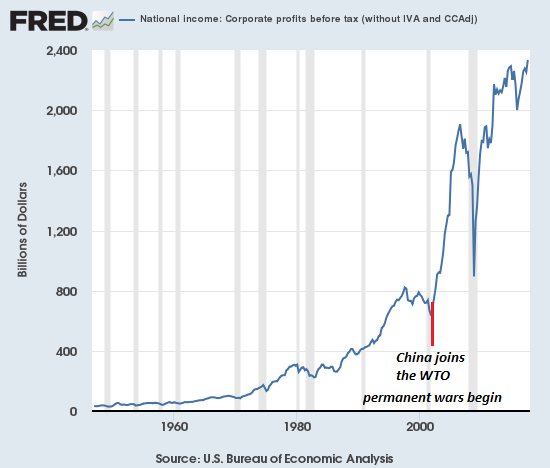
Uber has come under fire everything from its safety record to its disruptive effect on transit agencies. But those sins don’t even scratch the surface, Steven Hill writes in The New York Times. The ride-sharing service is rotten to the core, he says, thanks to “a business model that harms drivers, and the environment, and drains away passengers and revenue from public transportation.”
According to Hill, Uber is waging a “predatory price war” aimed at achieving a “transportation monopoly.” It’s shutting out the competition—in this case, saintly public transportation agencies—by charging artificially low fares. In the process, the company is worsening traffic congestion and harming the planet. Only by using regulation to forcibly dismantle Uber’s business model can we write these wrongs and get riders back on buses and trains where they belong.
Or so says Hill. He leaves a few things out.
For starters, for all that he writes about Uber’s low fares, Hill spills not a drop of ink on the fact that those public transportation services are themselves subsidized up to their eyeballs. Unlike Uber, whose losses are covered by shareholders voluntarily sinking cash into the company, transit subsidies come straight from taxpayers, whether they ride it or not.
I am aware of no transit agency in the United States that turns a profit. Few are even able to cover half of their operating expenses with traditional farebox revenue.
Take New York’s Metropolitan Transit Authority (MTA), which runs the city’s buses and subway system. It’s the most heavily used transit system in the country, and it services America’s most densely populated major city, yet it covers only 40 percent of its operating expenses through with farebox revenue.
Hill mentions a colleague who expresses a preference for a $5 Uber ride over a $2.25 bus ride. Hill asks his friend whether he’d make the same choice if that Uber ride was an unsubsidized $10. Given that MTA’s bus service covers less than a quarter of its operating expenses with ticket sales, perhaps Hill should have asked his colleague whether he would prefer a $10 Uber ride or a $10 ride on the bus.
This example is telling in more ways than one. The fact that Uber rides—whatever their level of subsidy—are still more expensive than public transit suggests that price is not the only thing encouraging people to make the switch. Uber and other ride-hailing services offer added comfort while traveling, plus the convenience of being taken directly from point A to point B at a time of your choosing.
It also includes the numerous downsides of America’s public transit systems. Ridership on New York’s public transit systems dipped last year for the first time since 2009. In other words, ridership managed to grow for the first six years that Uber was operating in the city. That it fell in 2017 has at least as much to do with the failings of public transportation as it does with the benefits of Uber. 2017, recall, was the year of the New York subway’s “summer of hell,” which saw track fires, derailments, claustrophobic waits aboard broken trains, sewage spewing from station ceilings, and an on-time arrival rate of 65 percent.
Since then things have gotten worse. The New York Times reported this month that on-time arrivals now average 58 percent. Some lines are performing even worse, with less than 40 percent of trains arriving on time. The fact that ride-hailing companies are giving travelers an alternative to this dismal service is a positive development.
It is of course true that when more people ditching public transit for ride-sharing services, more cars are on the road, increasing congestion. But time spent in traffic is just another cost riders should be free to shoulder or shrug off, depending what works for them. For many New Yorkers, the 15 percent decrease in traffic speeds is still not enough to get them back on the subway.
That’s not to say that policy makers can’t do anything about congestion. Gov. Andrew Cuomo’s Fix New York panel has recommended a $11 charge for any vehicles entering lower Manhattan. This kind of “cordon pricing” is not a terrible idea and is already in place in cities as diverse as London, Stockholm, and Singapore. A better idea might be congestion pricing, where a variable toll is charged to drivers entering the city depending on the number of vehicles on the road. Virginia is trying this out on badly congested stretches of Interstate 66 on the approach to Washington D.C.
The revenue from these fares can then be spent on adding lane-miles to highways or subsidizing bus and transit service.
Hill, by contrast, recommends capping the number of ride-sharing cars, prohibiting “subsidized fares,” regulating Uber like taxis, collecting drivers’ contact information so that it can be handed over to union activists, and forcing the company to pay drivers more.
You’ll note that these ideas have little to do with combating the supposedly negative consequences of Uber and Lyft, or even with improving public transit so that more people will consider it a viable option. They’re all designed to limit transportation options that Americans have been freely choosing.







 If March 18 was a typical day on America’s roadways, about 90 people lost their lives in car accidents during that 24-hour span.
If March 18 was a typical day on America’s roadways, about 90 people lost their lives in car accidents during that 24-hour span. Want to hear an even bigger recipe for trouble? Driving home while he rides in the driver’s seat.
Want to hear an even bigger recipe for trouble? Driving home while he rides in the driver’s seat. Remember when the FBI went before a judge to
Remember when the FBI went before a judge to 










